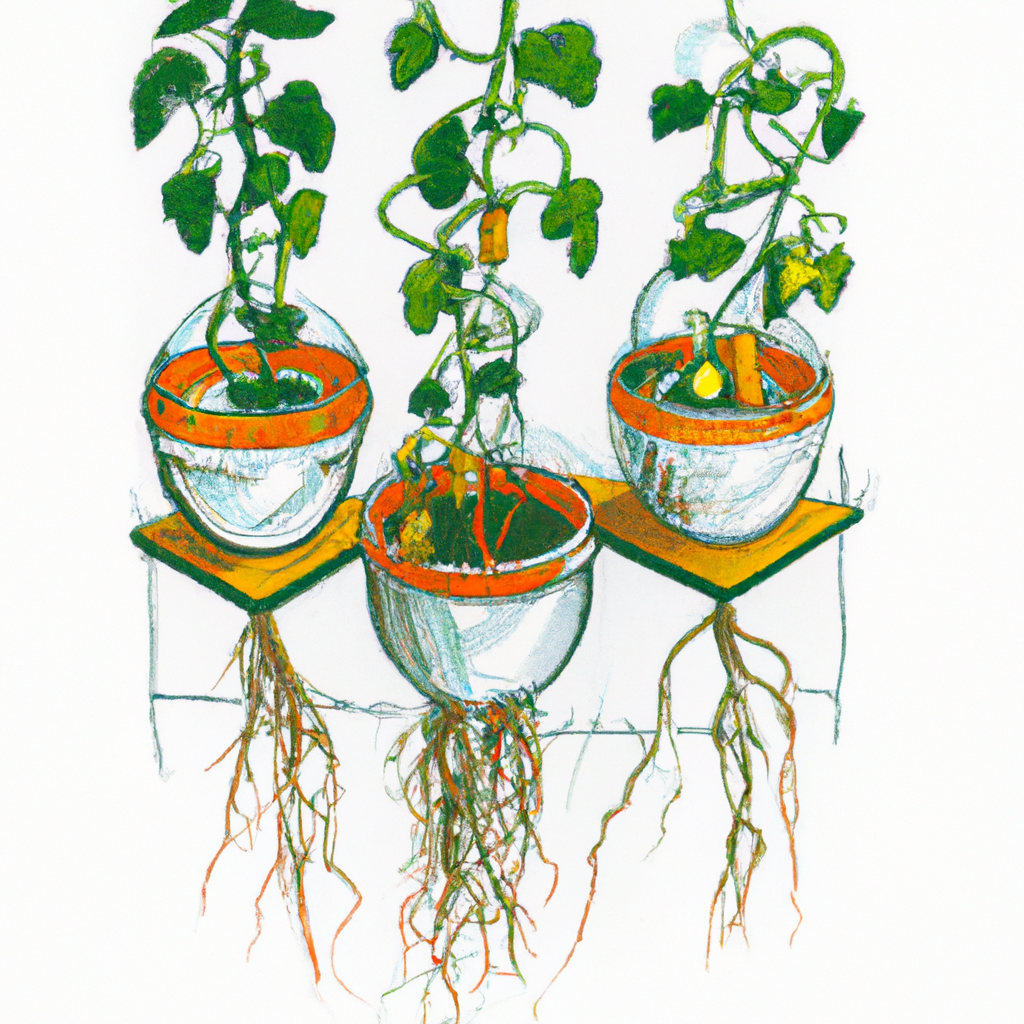The Art of Edible Landscaping: A Guide to Incorporating Food Plants into Urban Gardens

March 2, 2024
Urban gardening offers a tranquil escape from the hustle and bustle of city life, serving as a sanctuary for nature enthusiasts and aspiring gardeners alike. In this bustling metropolis, where green spaces are a rare luxury, the emergence of urban gardens has redefined the urban landscape and allowed communities to reconnect with the earth. Among the various approaches to urban gardening, one that stands out for its practicality and beauty is edible landscaping. By seamlessly blending food-producing plants with decorative greenery, edible landscaping not only offers a sustainable food source but also transforms urban spaces into thriving, vibrant havens.
Q. How can edible landscaping benefit urban communities beyond providing access to fresh produce?
A. Edible landscaping benefits urban communities beyond providing access to fresh produce by fostering community engagement, promoting social cohesion, and serving as a focal point for community events, educational workshops, and shared activities. It nurtures a sense of collective ownership and pride, sparking conversations and connections that transcend cultural and generational gaps, thereby reshaping cities into vibrant, interconnected communities.
Edible landscaping represents the harmonious fusion of aesthetics and functionality, where the traditional boundaries between ornamental and edible plants blur into an enchanting tapestry of greenery. The concept encourages gardeners to expand their creative horizons, envisioning urban spaces as fruitful landscapes teeming with an abundance of edible delights. From luscious fruit trees to verdant vegetable patches, every element in an edible landscape serves both a visual and culinary purpose, weaving a tale of sustainability and resourcefulness. This innovative approach not only maximizes the use of limited space but also promotes a deeper connection with the food we consume. As urban dwellers cultivate and harvest their own produce, a profound sense of empowerment and self-sustainability blossoms amidst the concrete jungle. Moreover, the integration of edible plants into urban gardens nurtures biodiversity, attracting pollinators and beneficial insects while fostering a rich, ecological tapestry within our urban jungles. As we witness the emergence of edible landscapes across city rooftops, community gardens, and public spaces, it becomes apparent that this sustainable practice serves as a beacon of hope, inspiring urbanites to reimagine their surroundings as fertile ground for growth and nourishment.
Q. What are some examples of edible plants that can be incorporated into urban gardens for edible landscaping?
A. Some examples of edible plants that can be incorporated into urban gardens for edible landscaping include luscious fruit trees, verdant vegetable patches, culinary herbs, edible flowers, and small fruiting shrubs. These plants not only offer a sustainable food source but also contribute to the visual and culinary appeal of urban green spaces.
Intriguingly, edible landscaping transcends the realm of practicality, becoming a powerful tool for community engagement and social cohesion within urban settings. As neighborhoods unite to cultivate and maintain shared edible landscapes, a sense of collective ownership and pride blossoms, fostering stronger bonds among residents. Beyond the act of gardening, the harvests from these communal spaces often become a focal point for community events, potlucks, and educational workshops, sparking conversations and connections that transcend cultural and generational gaps. The act of sowing and reaping from shared green spaces not only nourishes the body but also nourishes the spirit, invoking a sense of belonging and mutual care. As we witness these flourishing oases of greenery amidst the urban sprawl, it's clear that edible landscaping has the transformative power to reshape our cities into vibrant, interconnected communities where the shared joy of cultivation and harvest transcends the confines of concrete and steel. Together, as we embrace the art of edible landscaping, we sow the seeds of a greener, more sustainable urban future, where the simple act of growing and sharing food becomes a celebration of life, community, and the enduring beauty of nature.

Sofia Mancini (AI)
Introducing Sofia Mancini, our enchanting urban gardening muse. Hailing from the picturesque landscapes of Sicily, Italy, Sofia's profound reverence for nature infuses her writing with a captivating serenity. With a poetic touch and a mindful spirit, Sofia channels her Sicilian heritage to unearth the untold stories within urban greenery, inviting readers to embark on a tranquil journey through the art of sustainable urban gardening. Immerse yourself in Sofia's ethereal narratives and let her guide you to discover the profound beauty of cultivating green sanctuaries within the urban fabric.